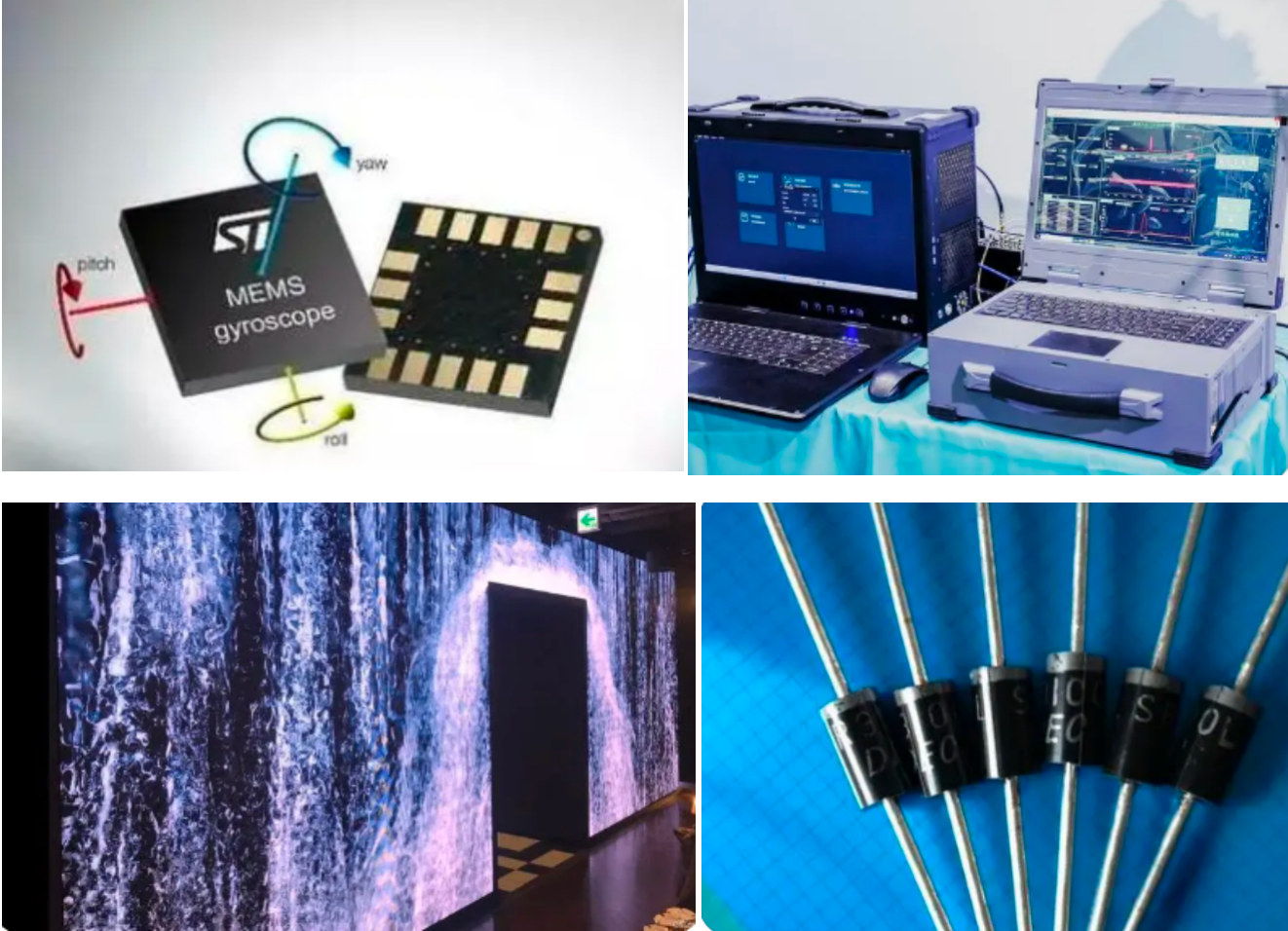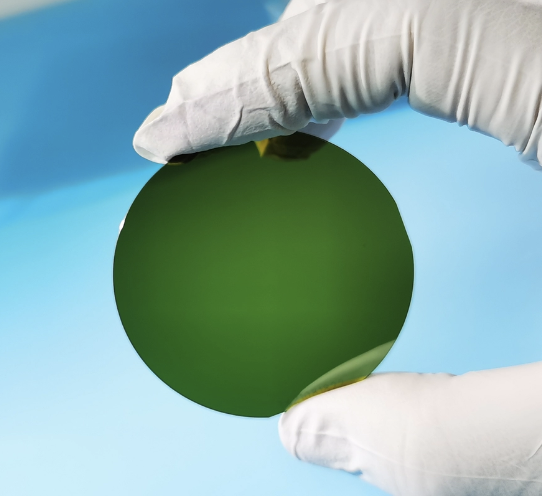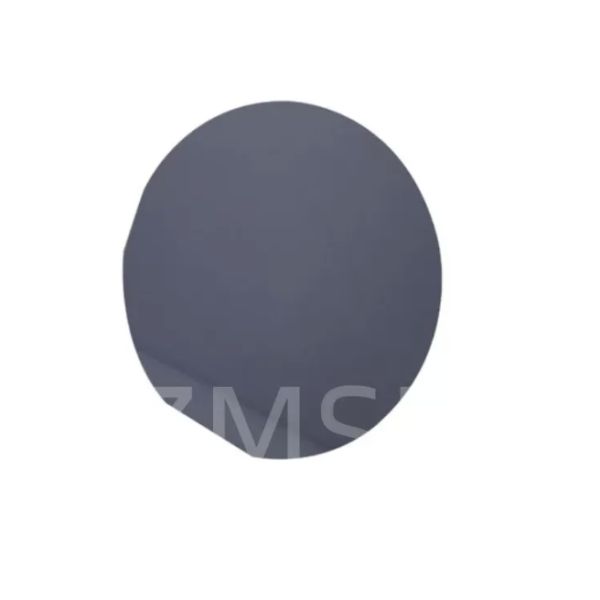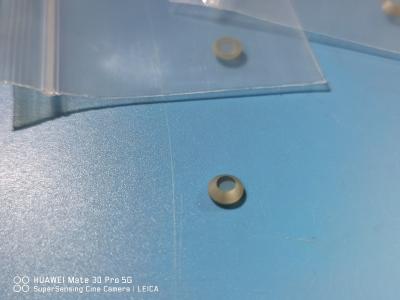Apparel & Textile Machinery
(75900)
Building Material Machinery
(55852)
Cleaning Equipment
(104054)
Electronics Production Machinery
(39881)
Energy & Mineral Equipment
(127869)
Engineering & Construction Machinery
(401378)
Environmental Machinery
(35590)
Food & Beverage Machinery
(97353)
Industrial Compressors & Parts
(28499)
Industrial Robots
(3603)
Industry Laser Equipment
(44115)
Machine Tool Equipment
(129643)
Machinery Accessories
(202994)
Machinery Service
(996)
Metal & Metallurgy Machinery
(69132)
Packaging Machine
(102444)
Paper Production Machinery
(29371)
Language
Français
Русский язык
Español
日本語
Português

Show all machinery categories
Apparel & Textile Machinery
(75900)
Building Material Machinery
(55852)
Cleaning Equipment
(104054)
Electronics Production Machinery
(39881)
Energy & Mineral Equipment
(127869)
Engineering & Construction Machinery
(401378)
Environmental Machinery
(35590)
Food & Beverage Machinery
(97353)
Industrial Compressors & Parts
(28499)
Industrial Robots
(3603)
Industry Laser Equipment
(44115)
Machine Tool Equipment
(129643)
Machinery Accessories
(202994)
Machinery Service
(996)
Metal & Metallurgy Machinery
(69132)
Packaging Machine
(102444)
Paper Production Machinery
(29371)
 is lower, its carrier mobility, and thermal conductivity. and mechanical properties are better than those of 4H-SiC. Moreover, the defect density at the interface between the insulating oxide qate and 3C-sic is lower. which is more conducive to manufacturing high-voltage, highly reliable, and long-life devices. At present, 3C-SiC-based devices are mainly prepared on si substrates with large lattice mismatch and thermal expansion coefficient mismatch between Si and 3C SiC resulting in a high defect density, which affects the performance of devices. Moreover, low-cost 3C-SiC wafers will have a significant substitution impact on the power device market in the 600v-1200vvoltage range, accelerating the entire industry's progress. Therefore, developing bulk 3C-SiC wafers is inevitable.
is lower, its carrier mobility, and thermal conductivity. and mechanical properties are better than those of 4H-SiC. Moreover, the defect density at the interface between the insulating oxide qate and 3C-sic is lower. which is more conducive to manufacturing high-voltage, highly reliable, and long-life devices. At present, 3C-SiC-based devices are mainly prepared on si substrates with large lattice mismatch and thermal expansion coefficient mismatch between Si and 3C SiC resulting in a high defect density, which affects the performance of devices. Moreover, low-cost 3C-SiC wafers will have a significant substitution impact on the power device market in the 600v-1200vvoltage range, accelerating the entire industry's progress. Therefore, developing bulk 3C-SiC wafers is inevitable.




